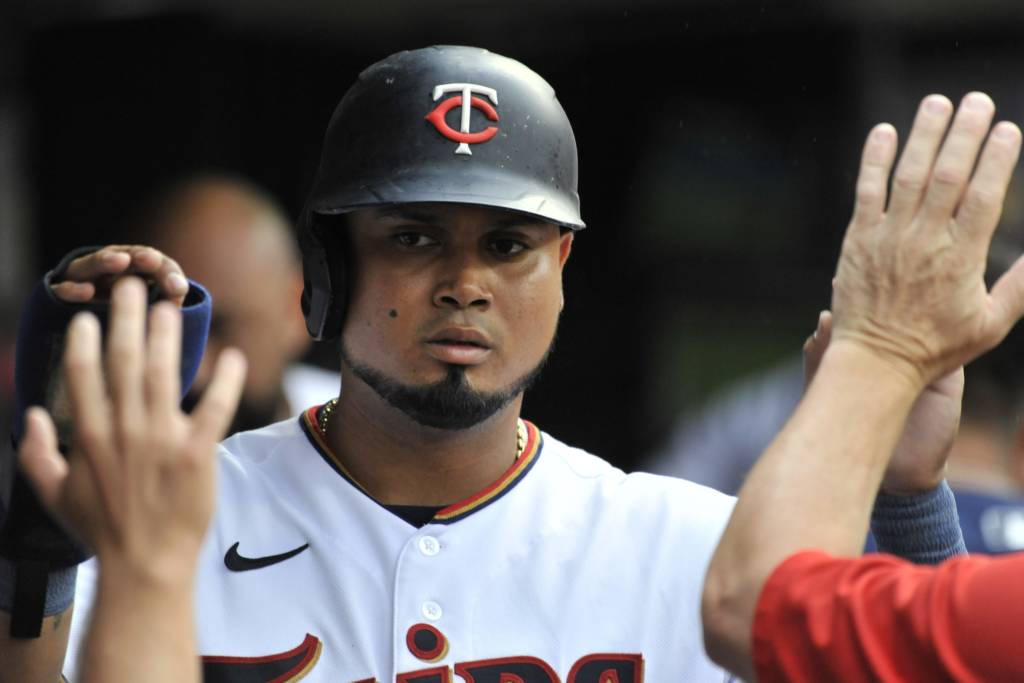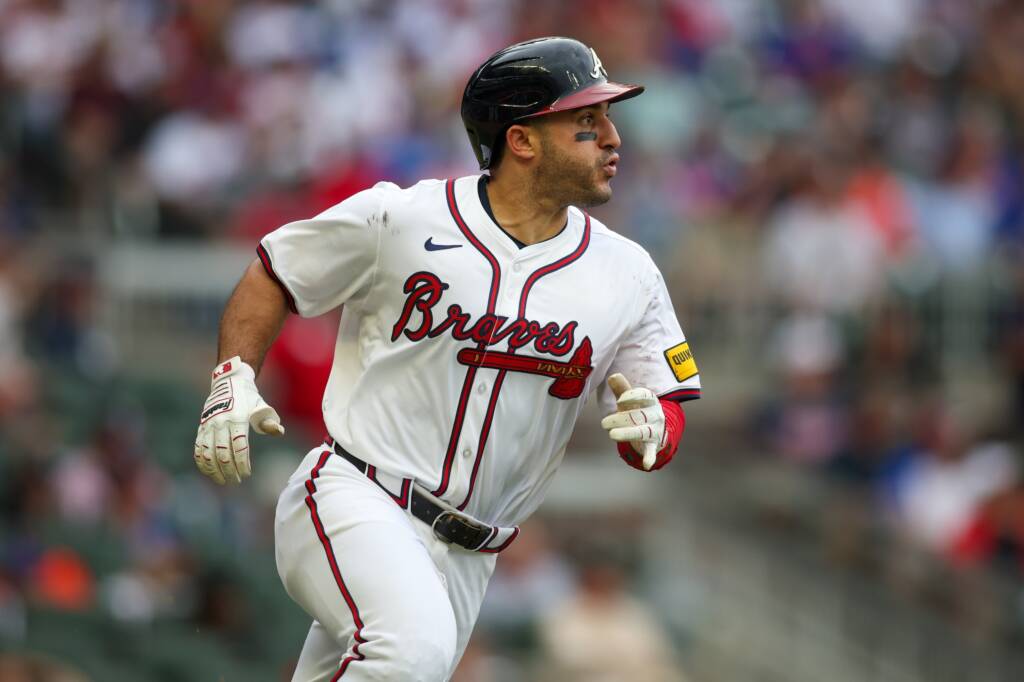It hasn’t been easy for the Minnesota Twins as they fight for the AL Central crown.
The Twins had a 30-22 record on June 1, but they have failed to put together a winning month since then. Part of it was due to injuries from key figures like Byron Buxton, Alex Kirilloff, and others. The Twins have also been unable to piece together a pitching staff capable of making up for the lost offensive production. They’re also experiencing regression from some of their best hitters.
However, this is the part of the season when the lineup’s biggest hitters should be expected to come up for the club no matter what the previous circumstances are with how they were hitting throughout the season. Buxton is hurt, and it’s uncertain when he will make it back to the big league club. José Miranda has been solid in big situations for the Twins, but how much more is a rookie expected to carry a struggling team? Carlos Correa has been having a down year by his standards, but he has slowly turned things around over the last month or so.
One player cannot drive winning in baseball like in other sports. But it’s no coincidence that the Twins struggled with one of their most consistent performers declining. Correa or Miranda aren’t the key to a turnaround; it’s Luis Arraez. If the Twins want to get their offense going, they need to get Arraez right.
Arraez has been enjoying the best season of his career. He has been to play well in 59 games at first base with no prior experience, but Arraez’s most impressive performance has come at the plate this year. The 25-year-old is slashing .317/.380/.427 with eight home runs and 136 wRC+ in 119 games for the Twins. His signature plate discipline, head nods, and ability to hit to all parts of the field have always given a unique foil to Minnesota’s mostly power-driven approach.
Arraez has the charm of a throwback player. Even Twins fans who don’t value batting average highly are still hoping Arraez brings home the batting title. His .340 batting average on June 30 was far and away the highest in the league. The high batting average and ability to get on base at a high clip earned Arraez his first-ever All-Star Game nod. In LA, his lone at-bat was a drawn-out battle to fight a 100-plus MPH pitch to the outfield for a trademarked Arraez single.
It’s been a struggle for Arraez since around the All-Star Break, though. His production began to dip with a slash line of .274/.312/.390 post-All-Star Break. On top of the decline in batting average, Arraez’s approach at the plate and run production has been suffering as well. Since the break, his 102 wRC+ hovers just around league average. His 5.7 percent walk rate was nearly double that before the All-Star Break.
Have things been awful for Arraez? No. He had a seven-game hitting streak coming into this week. He also kept the Twins out of the record books by breaking up Dylan Cease‘s no-hit bid on Saturday night. However, he only had two multi-hit games during that streak. But Arraez played like an All-Star in the first half of the season. However, he has been producing like a league-average player for the last two months. He still offers something at the plate, but something has felt off about him recently.
That’s okay for someone towards the bottom of the lineup. But it’s not for someone at the top of the order who is also considered one of the best pure hitters in baseball. The qualities of consistently good at-bats and getting on base, which made Arraez a uniquely valuable player, have declined. Like the Twins early in the season, his big lead in the AL batting race has vanished. He has lost his top spot in the junior circuit’s batting race.
Arraez has never been a hard contact hitter. He’s chosen to value control of the ball over hitting it over the fence. While his whiff rate sits in the 100th percentile, his barrel rate is in the 11th percentile. That’s no shock to people who watch Arraez play consistently.
What makes Arraez different is why he is so valuable to the Twins. He’s a throwback player who values slap-hitting over power to produce and get on base. When Arraez is on, he’s an on-base machine who starts rallies or adds to them by keeping the line moving. And he’s one of the league’s best players at that. When he’s not able to hit that way as efficiently, it makes him a league-average slap hitter who belongs towards the bottom of the order – not a leadoff hitter for a playoff team.
That’s the thing, though, Arraez hasn’t been able to slap those singles. He is popping them up. Halfway through the season, his 29.9 percent flyball rate has seen a seven percent uptick to 36.9 percent from mid-July to now. His launch angle has increased from 11.3 to 14.2. All that, paired with the low barrel rate, has generated too many weak pop-ups recently. By leveling out his swing, Arraez can get back to the consistent multi-hit games that the Twins can strongly use right now.
All of this talk of Arraez’s value boils down to one point. He isn’t important to the Twins because he hits home runs or makes flashy plays. Arraez is valuable because he gets on base and puts his teammates in a better position to produce. It’s the classic Moneyball line, “He gets on base.” When this lineup is hitting well, it’s because Arraez is wearing down pitchers with long at-bats and consistently getting on-base.
Arraez has built his career on being a consistent hitter who puts a level swing on the ball while taking good at-bats. We haven’t seen that from him lately. The team can win games without him, although the most realistic path to win is with him contributing nightly in the Twins lineup. If Arraez can find out how to get his groove back working the count and get his swing a little more level, Minnesota might be able to get their All-Star in form at a time when they need him the most.

